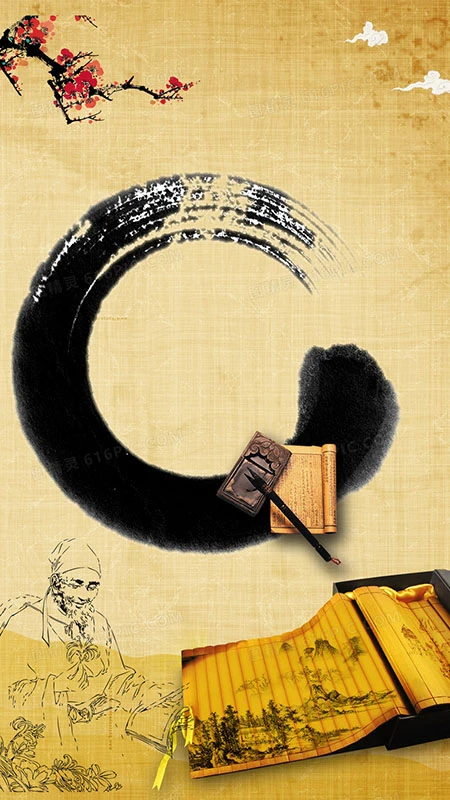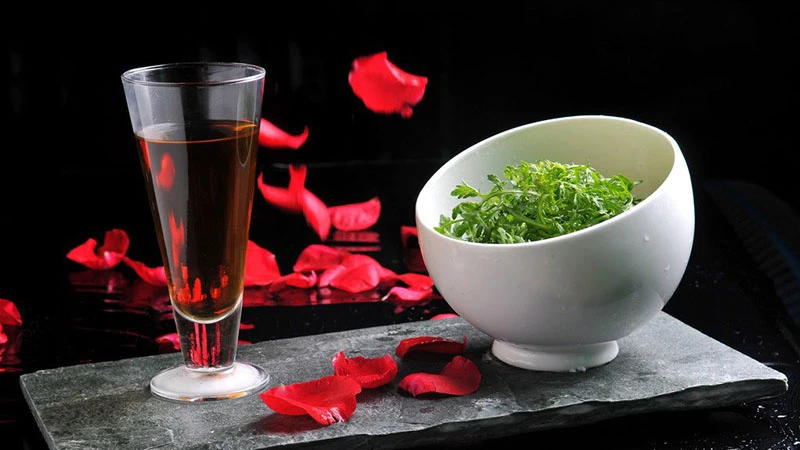1. The Essence of Holistic Wellness in Traditional Chinese Medicine
In recent years, Traditional Chinese Medicine (TCM) wellness practices have gained popularity worldwide, celebrated for their natural, preventive approach to health. Rooted in the philosophy of harmony, TCM emphasizes achieving balance between mind, body, and environment to promote vitality and prevent illness. As health-conscious individuals explore TCM, understanding its foundational principles can help avoid common misconceptions and unlock the full benefits of this ancient practice.
TCM wellness, outlined in the Chinese Citizen’s TCM Health Literacy guide, presents a practical roadmap to achieving better health through the integration of natural principles. TCM wellness draws on the idea that when we work with nature’s cycles, we can preserve health, enhance resilience, and live with greater energy.

2. The Four Pillars of TCM Wellness
At the heart of TCM’s approach are four interconnected pillars—emotions, diet, lifestyle, and exercise. These areas align with the belief that preventive care and balance lead to sustainable wellness. By examining these pillars, individuals can tailor practices that resonate with their unique needs and environmental influences.
Emotions: Harmonizing the Mind
TCM encourages emotional well-being as a cornerstone of physical health, recognizing the impact of mental states on bodily functions. Practices such as meditation, deep breathing, and mindfulness can help regulate emotions, leading to a peaceful mind and a resilient body. In TCM, emotions are closely linked to specific organs—anger affects the liver, worry burdens the spleen, and fear impacts the kidneys. Through emotional balance, TCM posits that one can directly influence physical health.
Diet: Nourishing with Nature
The concept of "food as medicine" is central in TCM, which advocates choosing seasonal, whole foods that align with one’s body type and health goals. A TCM-aligned diet emphasizes balance and moderation, integrating medicinal herbs such as goji berries, ginger, and lotus seeds, which support immunity and vitality. The guide also highlights the importance of mindful eating habits—taking time to chew food thoroughly, avoiding overindulgence, and maintaining a positive mindset during meals. This approach nurtures digestion and, by extension, overall health.
Lifestyle: Living in Sync with Nature’s Rhythm
Consistency in daily routines helps regulate the body’s internal rhythms, according to TCM. A typical guideline is to align sleep and wake cycles with seasonal changes, which enhances energy flow and mental clarity. For instance, it’s recommended to rise early in spring and summer to align with nature's growth phase, while adopting a slower pace and earlier bedtime in winter. By mirroring nature, the body adapts more effectively to external changes and maintains a healthier state.
Exercise: Movement for Vitality
In TCM, exercise is not about intensity but about regular, harmonious movement. Practices such as Tai Chi, Qi Gong (气功), and the "Five Animal Frolics"(五禽戏) are designed to move energy (Qi) through the body, strengthening muscles, improving flexibility, and enhancing mental focus. Unlike modern fitness regimes, these exercises are low-impact, making them suitable for people of all ages and health conditions. Each practice not only promotes physical strength but also builds inner calm, further supporting emotional wellness.
3. Ancient Techniques for Modern Health
Beyond lifestyle and diet, TCM encompasses a rich array of hands-on techniques to promote health, many of which are easily accessible. Acupressure, for example, focuses on specific points on the body to relieve tension and improve energy flow. Popular points like Yongquan (涌泉 on the sole of the foot) and Zusanli (足三里 near the knee) are self-administered techniques for easing stress and balancing energy.
Other methods such as cupping and moxibustion (the burning of herbs close to the skin) help relieve muscle tension, alleviate pain, and improve circulation. These techniques are valued for their accessibility and natural benefits, which make them an appealing alternative to conventional treatments. For daily wellness, TCM practitioners recommend simple rituals like morning face massage to boost circulation or pressing specific points on the hand to increase alertness, which can easily be incorporated into any routine.
With these pillars and techniques, TCM offers a holistic toolkit for anyone looking to enhance their quality of life. These practices, when applied mindfully and regularly, nurture a balanced state that supports longevity, resilience, and vitality.



